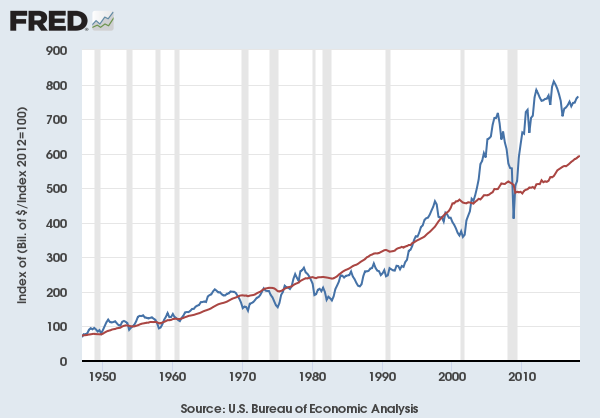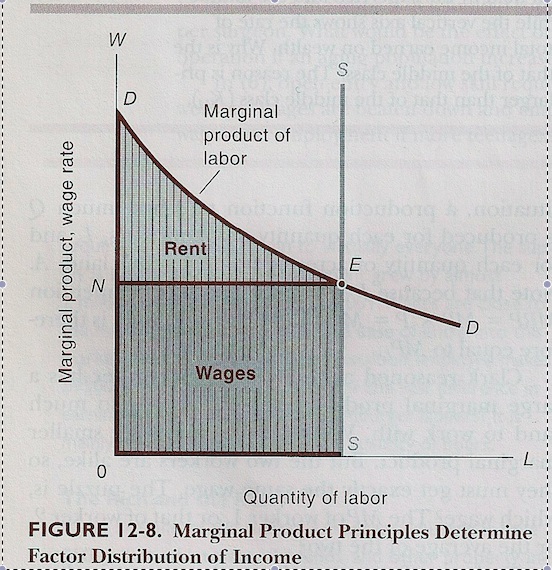Democracy Against Capitalism: Democracy
The second half of Ellen Meiksins Wood’s book, Democracy Against Capitalism, is devoted to a discussion of the current state of democracy in the UK and the US. She begins with a discussion of ancient Athenian democracy, which she regards as a real democracy, and a good model for comparison. In Athens, there was a class of peasant farmers and artisans who were juridically free citizens. They owed no duties to tyrants or aristocrats. They possessed their own means of production, lands and tools, and worked as they saw fit with out any regard to the demands of any other class, or tyrant or government. There were slaves, to be sure.
But the free labourer enjoying the status of citizenship in a stratified society, specifically the peasant citizen, with the juridical/ political freedom this implied and the liberation from various forms of exploitation through direct coercion by landlords or states, was certainly a distinctive formation and one that signaled a unique relationship between appropriating and producing classes. Kindle Loc. 3586.
In other pre-capitalist societies, either the state or a group of aristocrats appropriated some or all of the production of the peasant class “… through various mechanisms of juridical and political dependence, by direct coercion – forced labour in the form of debt bondage, serfdom, tributary relations, taxation, corvée and so on.” Kindle Loc. 3700.
In classical Athens, all citizens, including the peasant farmers and artisans, had the right to participate in decision making on all issues. Of course, people generally deferred to experts on technical matters, such as warship design, but all were entitled to hear the presentations of the experts and to choose the one they thought best. In the same way, all participated in other political decisions. It goes without saying that this “all” didn’t include slaves and women. Even so, this is a remarkable advance for the peasant class.
This arrangement was the subject of debate among the Athenians; though it’s fair to say that pretty much everything was a subject of debate there. Wood offers a fascinating discussion of Plato’s dialog Protagoras as an example. Protagoras was perhaps the most famous of the Sophists, a group of teachers of wisdom and virtue. We only have fragments of his work directly (as opposed to the words Plato puts in his mouth), but I especially like this:
Man is the measure of all things; of things that are, that they are; of things that are not, that they are not. P. 239, The Pre-Socratics, ed. John Wainwright.
In the dialog, Socrates defines the issue as whether virtue can be taught. Roughly, Wood claims Plato argues through Socrates that virtue is philosophical form of knowledge available only to those with a privileged access to a higher truth. Obviously to Plato man is not the measure of all things; rather there is some other sphere of understanding and universal truth that eludes most people, but is available to a special few.
In the Dialog, Protagoras argues that virtue is taught from the beginning of life.
Education and admonition commence in the first years of childhood, and last to the very end of life. Mother and nurse and father and tutor are vying with one another about the improvement of the child as soon as ever he is able to understand what is being said to him: he cannot say or do anything without their setting forth to him that this is just and that is unjust; this is honourable, that is dishonourable; this is holy, that is unholy; do this and abstain from that. And if he obeys, well and good; if not, he is straightened by threats and blows, like a piece of bent or warped wood. At a later stage they send him to teachers, and enjoin them to see to his manners even more than to his reading and music; and the teachers do as they are desired. And when the boy has learned his letters and is beginning to understand what is written, as before he understood only what was spoken, they put into his hands the works of great poets, which he reads sitting on a bench at school; in these are contained many admonitions, and many tales, and praises, and encomia of ancient famous men, which he is required to learn by heart, in order that he may imitate or emulate them and desire to become like them.
That sounds like something Pierre Bourdieu might have written. We teach our young how to be virtuous in our own societies, using the social understandings we learned in the same way, and through our own experience of our culture, including our own study of the texts available to us. This argument leads to the conclusion that every citizen partakes in virtue, and that this civic virtue is the indispensable tool of democracy. Socrates takes the view that only some have access to the higher, universal virtue, and those ought to rule. Wood adds that the producers should be required to enrich and feed the chosen few.
Wainwright says that the Sophists primarily taught people how to win arguments. Those arguments might or might not be best for the community, or even virtuous or moral. Wainwright seems to favor Plato’s position. This argument is ongoing; for example, it’s a big part of Zen and the Art of Motorcycle Maintenance by Robert Pirsig.
Two thoughts.
1. Philosophy. Plato draws a distinction between appearance and reality, a dualism that survives today. Appearance is the aspect of reality that comes to the human mind mediated through our senses. Reality is something else, a deeper unchanging universal existence which only some precious few of us can grasp. One analogy is Plato’s cave, where we humans can perceive only the shadows that real things cast on the wall, not the things themselves. It’s as St. Paul says, 1 Corinthians 12.
For now we see only a reflection as in a mirror; then we shall see face to face. Now I know in part; then I shall know fully, even as I am fully known.
Reading this, it’s easy to see how St. Thomas Aquinas might have been influenced by Plato, if he had those texts, and at least by the Neo-Platonists, which he did have.
Protagoras’ view that man is the measure of all things rings true to me. I will resist the temptation to write about this in depth, but I more or less agree with the ideas Richard Rorty, the American pragmatist, discusses in his accessible collection of essays, Philosophy And Social Hope. It’s worth noting that Rorty really despises Marxism, at least dogmatic Marxism, for reasons that are baffling after reading Democracy Against Capitalism, and which are hard to square with his appreciation of E.P. Thompson’s The Making of the English Working Class, a book praised by Wood.
2. Democracy. I think Protagoras has the better argument on this point. Decisions about how society ought to operate should be made with the participation of as large a number of citizens, the people most affected, as possible. Wood agrees. She thinks that socialism comes from decisions made by a large majority of us or not at all. In our current system, we assume that it’s enough that we are represented in those decisions through our elected officials. But what does that even mean in our current version of democracy?




